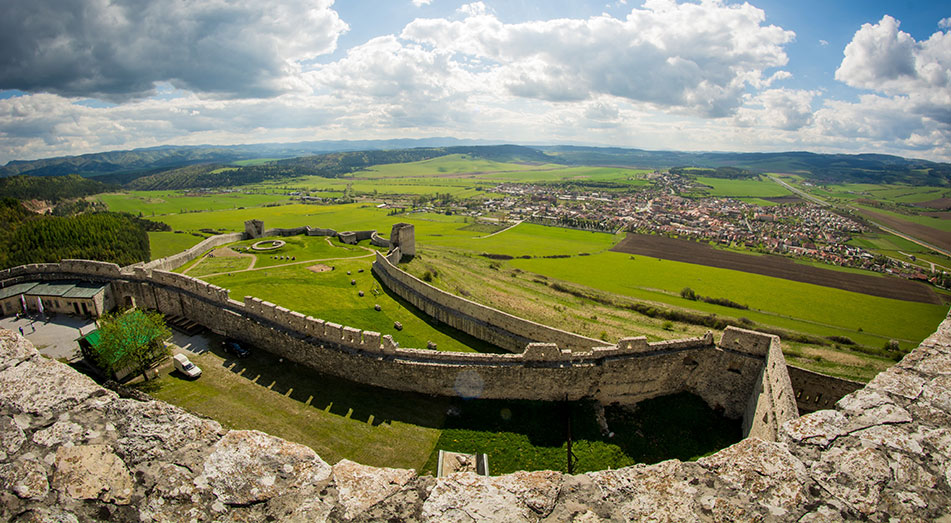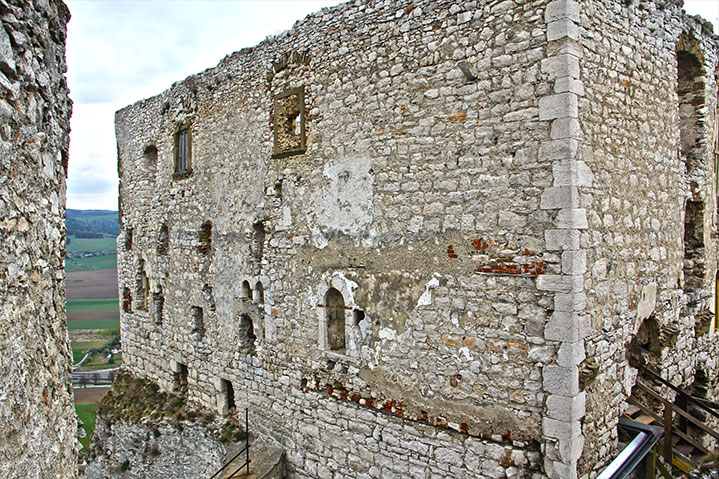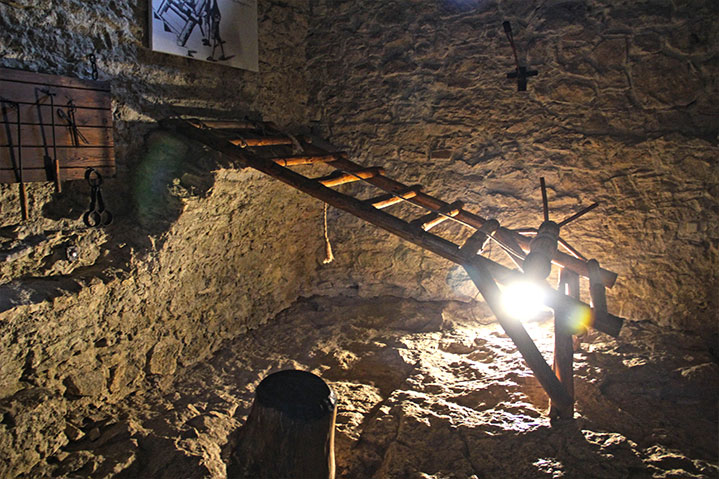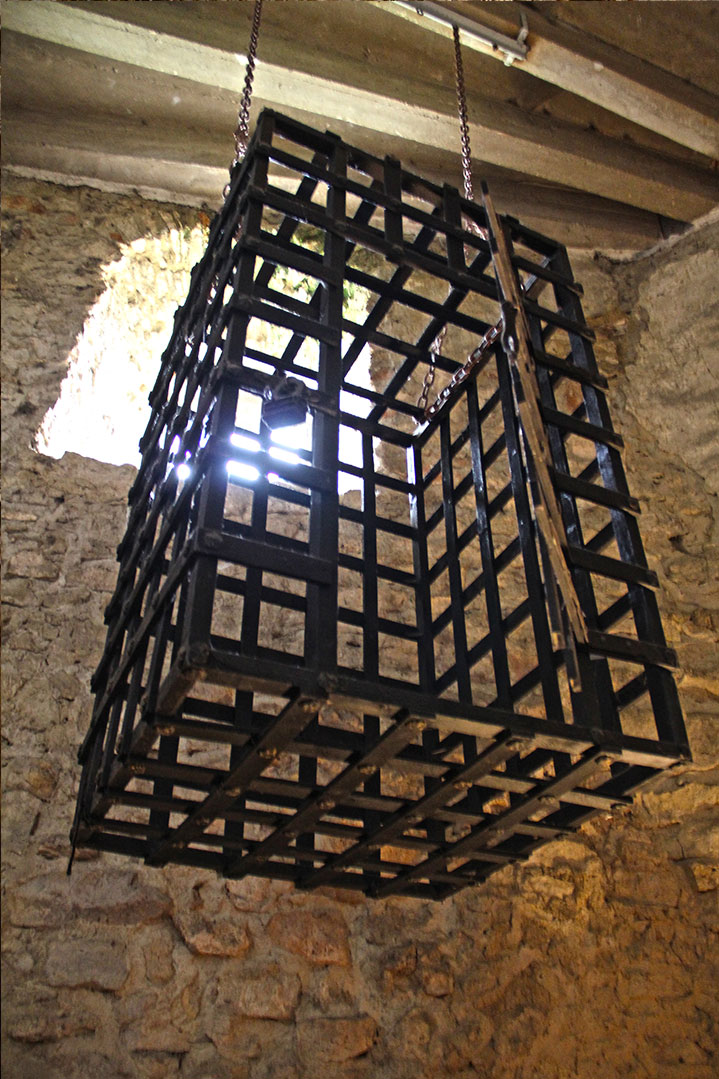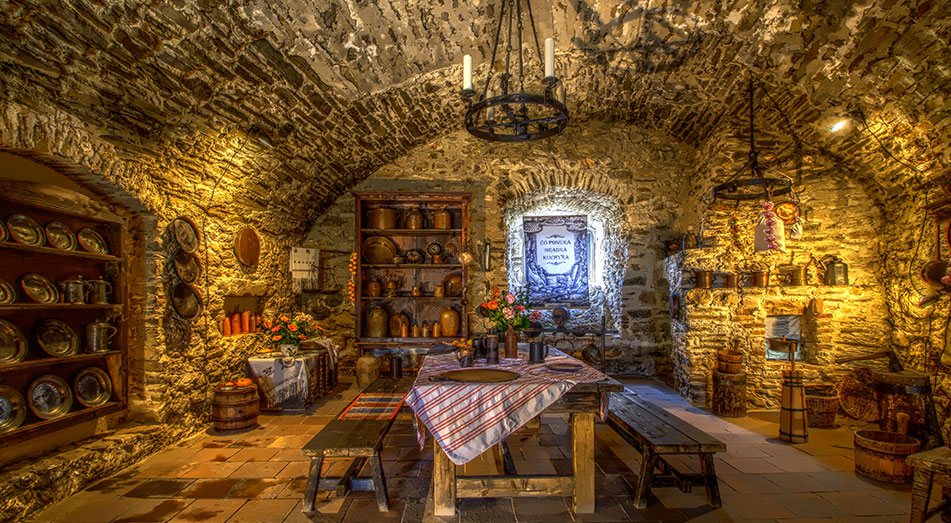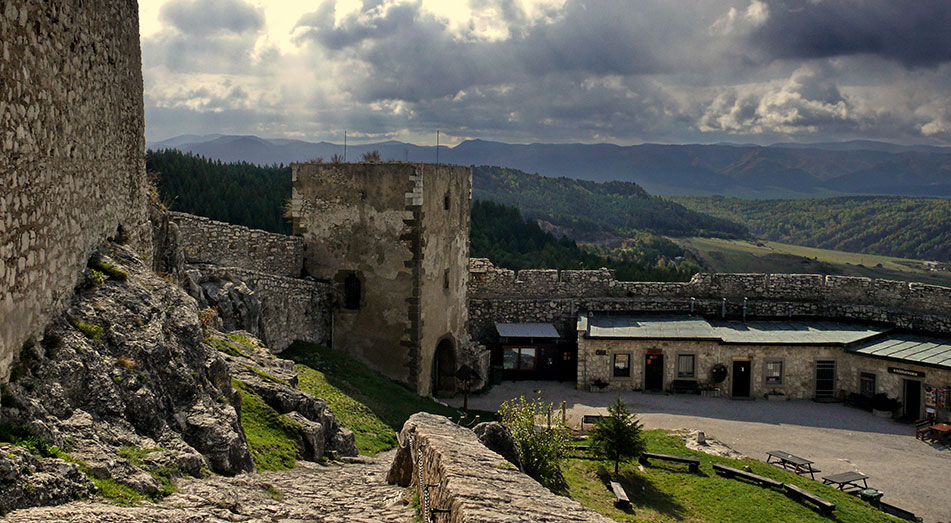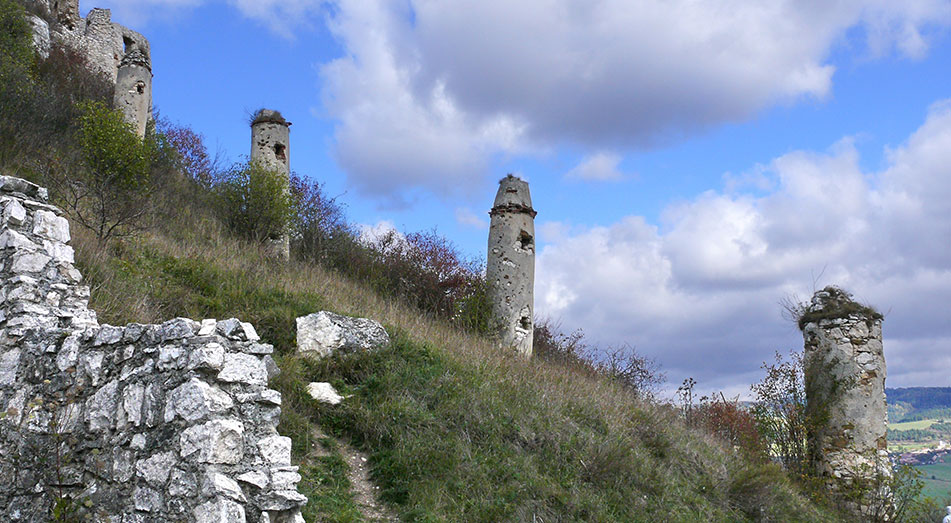The Spiš Castle
65
min
75
km from Košice
ATTENDED TIME
Month
Hour
all year
Monday - Friday 10.00 - 18.00 (last entry at 17.00)
all year
Saturday - Sunday 09.00 - 19.00 (last entry at 18.00)
ENTRANCE FEE
Type
Price
adults
8,00 €
students (19-26 years), seniors (60-80 years)
6,00 €
children (6 - 18 years)
4,00 €
children (up to 6 years)
free
family ticket (max. 4 people)
19,00 €
group booking fee (minimum 10 people)
20,00 €
Night show
Adults: 10.00 €
Children, students, seniors: 8.00 €
Children up to 6 years free
Family ticket: (two adults + one child, 1 adult + three children, two adults + two children) maximum 4 people: 25.00 €
Entrance to the middle and lower courtyard
Adults: 6.00 €
Children, students, pensioners: 4.00 €
Children up to 6 years free
Holders of this ticket are offered the option to purchase tickets for the Upper Castle with museum exhibits at a price of: 3 € (uniform for all categories of visitors). No family ticket or other discounts are provided for this rainbow entry.
Free Sunday
In accordance with the order of the Minister of Culture of the Slovak Republic no. 15/2020 introduces free (free) entry to the exposition and exhibition spaces of the Slovak National Museum every first Sunday of the month.
Adults: 10.00 €
Children, students, seniors: 8.00 €
Children up to 6 years free
Family ticket: (two adults + one child, 1 adult + three children, two adults + two children) maximum 4 people: 25.00 €
Entrance to the middle and lower courtyard
Adults: 6.00 €
Children, students, pensioners: 4.00 €
Children up to 6 years free
Holders of this ticket are offered the option to purchase tickets for the Upper Castle with museum exhibits at a price of: 3 € (uniform for all categories of visitors). No family ticket or other discounts are provided for this rainbow entry.
Free Sunday
In accordance with the order of the Minister of Culture of the Slovak Republic no. 15/2020 introduces free (free) entry to the exposition and exhibition spaces of the Slovak National Museum every first Sunday of the month.
CONTACT
Address for correspondence:
SNM - Spiš Museum in Levoča
Námestie Majstra Pavla No. 40
054 01 Levoča
tel.: +421 53 45 413 36, +421 53 45 127 86
SNM - Spiš Museum in Levoča
Námestie Majstra Pavla No. 40
054 01 Levoča
tel.: +421 53 45 413 36, +421 53 45 127 86
e-mail:
info@spisskemuzeum.comweb: https://www.snm.sk/






